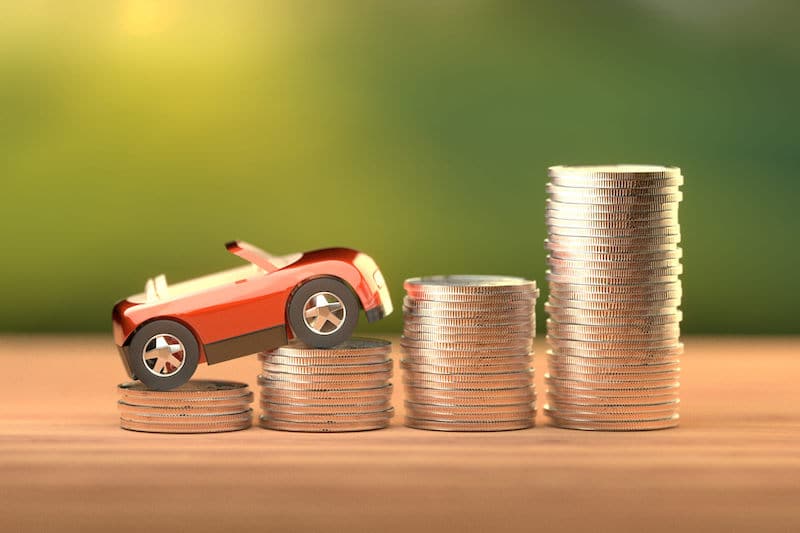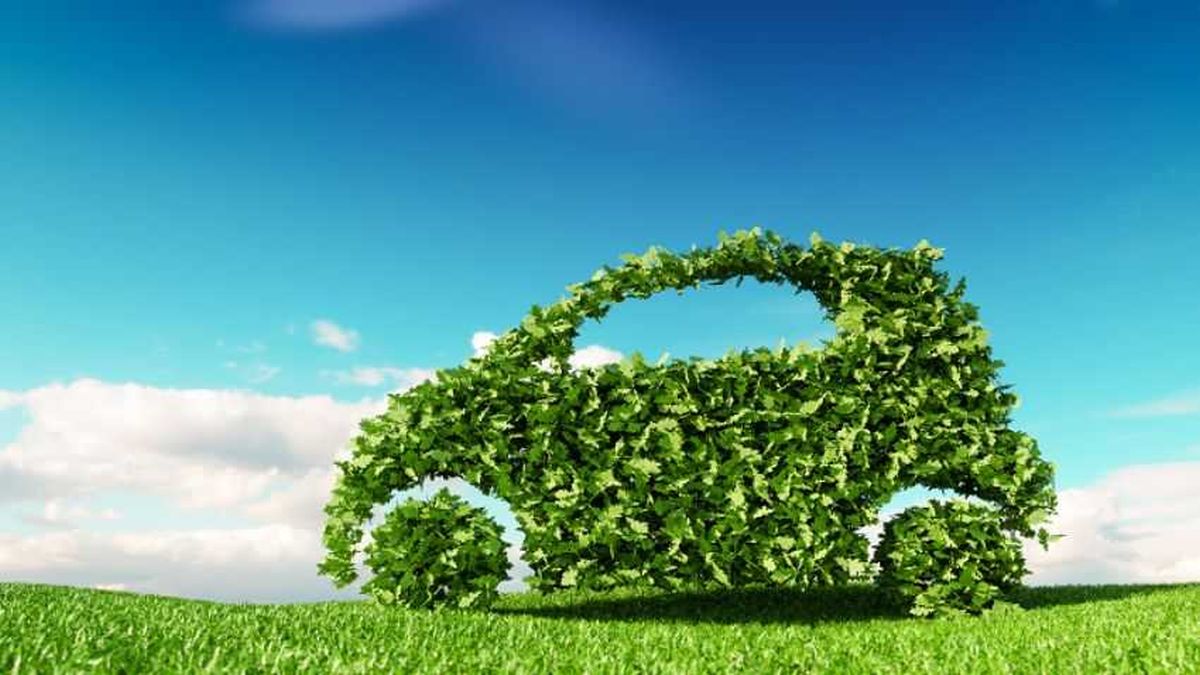The incentives for the purchase of non-polluting vehicles are also back for the year that has just begun.
The 2023 ecobonus provides for the allocation of 630 million euros, and the start of bookings for low-consumption cars, motorcycles and mopeds has been set for 10.00 on Tuesday 10 January 2023.
As we read on the ad hoc site created by the former Ministry of Economic Development, now the Ministry of Business and Made in Italy, the ecobonus “contributes to the reduction of CO2 emissions, in line with current European legislation on air quality and the environment and with the objectives of the PNIEC and the 2030 Agenda.”
The last incentives of 2022 started on October 19 for electric motorcycles and scooters, and on November 2 for non-polluting cars. The 2023 eco-bonus will instead start at 10.00 on 10 January, from which moment it will be possible to book a non-polluting vehicle by taking advantage of the discount. And it will complete the three-year cycle wanted by Mario Draghi.
So let’s see the details of the 2023 eco-bonus.

The 2023 eco-bonus
So, on 10 January, the 2023 eco-bonus in favor of the purchase of non-polluting cars and motorcycles.
The resources allocated for the incentives, which amount to 630 million euros for the current year, are provided for by the 2021 Budget Law and by the Prime Minister’s Decree of 6 April 2022.
And they concern the purchase of non-polluting vehicles of category M1 (motor vehicles), L1e-L7e (motorcycles and mopeds) and N1 and N2 (commercial vehicles). Let’s find out how the figures are divided, and above all which incentives can be used.
New vehicles of category M1
For the purchase of new M1 category vehicles, here are the allocations provided for by the 2023 eco-bonus:
- 190 million euros for vehicles with emissions in the range of 0-20 grams of carbon dioxide per kilometer (electric), and a list price equal to or less than 42,700 euros including VAT. The incentives are 3,000 euros without scrapping and 5,000 euros with scrapping.
- €235 million for vehicles with emissions in the range of 21-60 grams of carbon dioxide per kilometer (plug-in hybrids), and a list price equal to or less than €54,900 including VAT. Incentives: 2,000 euros without scrapping and 4,000 euros with.
- 150 million euros for vehicles with emissions in the range of 61-135 grams of carbon dioxide per kilometer (low emissions), and a list price equal to or less than 42,700 euros including VAT. Incentive only with scrapping equal to 2,000 euros.
The amount reserved for car sharing
5% of the sums allocated for electric and plug-in hybrid M1 vehicles is reserved for purchases of legal entities for car sharing or rental activities.
We also remind you that, to obtain the incentives after a scrapping, the car must have been owned for at least a year, and have an emission class lower than Euro 5.
Motorcycles and commercial vehicles
40 million euros have been made available for the purchase of motorcycles and mopeds between the L1e and L7e categories. More precisely, 5 million euros are earmarked for non-electric vehicles and 35 million euros for electric ones.
Moreover, ecobonus 2023 also for N1 and N2 category electric commercial vehicles (vans and pickup trucks). In this case the budget is 15 million euros.
How to request the 2023 eco-bonus
To take advantage of the bonus, it will be necessary to contact the concessionaires, who will be able to place reservations on the ecobonus.mise.gov.it platform starting from 10 am on Tuesday 10 January 2023.
These will be reservations “for purchases made starting from 1 January 2023 and up to 31 December 2023, subject to exhaustion of available resources”, as stated in the circular of 30 December 2022.
Declining car market and transition to electric
The 2023 eco-bonus aims to resolve two not rosy situations.
The first is that of the car market, which in our country marked a black year. Registrations, which in 2022 in Italy were 1,316,702, stood at a little exciting -9.7% compared to 2021. But above all -31.3% compared to 2019.
Only the month of December saw a surge: 104,915 registrations, +21% compared to 2021.
The year just ended was also negative with regard to the transition to electricity, despite government incentives. According to Federauto (the federation of dealers), the market share of electric cars dropped from 4.6% to 3.7% in 2022. And it was the worst sector performance among the major European markets.
















Leave a Reply
View Comments